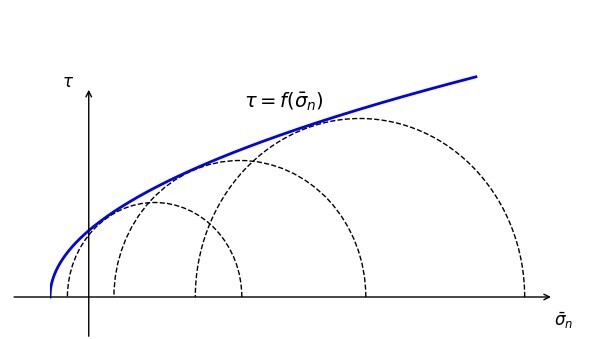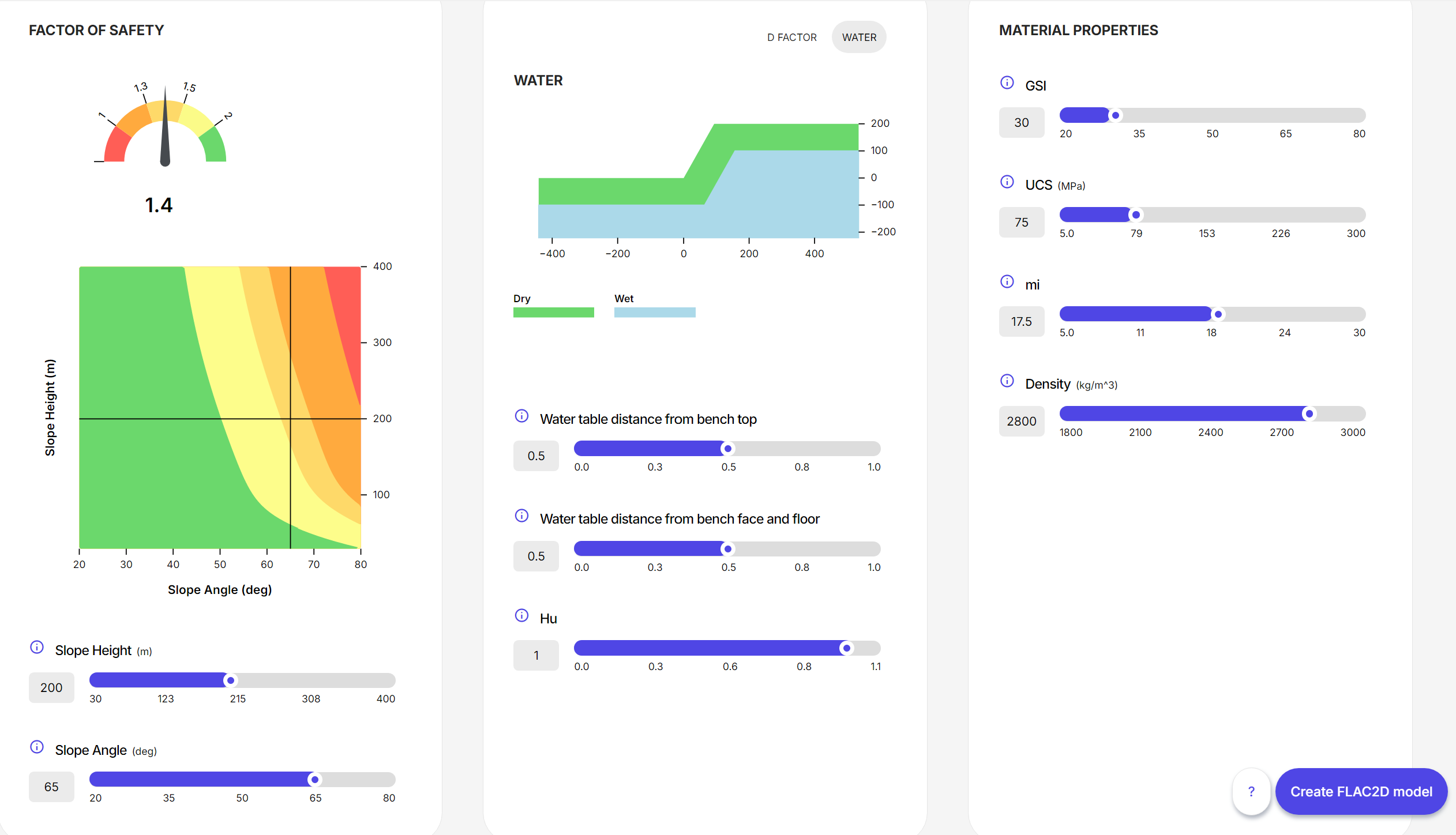The latest updates to ITASCA software products such as FLAC3D, FLAC2D, 3DEC, PFC, and MassFlow now include point releases (e.g., 9.1, 9.2) between major versions (e.g., 9.0, 10.0). These point releases bring significant benefits, especially for subscription license holders.
Subscription license holders enjoy seamless access to point releases at no additional cost. These point releases are packed with new features and capabilities developed in response to user feedback and industry advancements. By staying current with point releases, subscribers can leverage the latest tools and functionalities, enhancing their productivity, efficiency, and competitiveness.
Perpetual license holders also benefit from continuous support within their software version's support period. While they may not receive point releases, they still qualify for bug fix updates and minor improvements, maintaining stability and reliability in their software environment.
Performance
FLOW FASTER
- Implicit fluid flow logic has been added to 3DEC joints for up to 30x faster fluid flow analysis
Constitutive Models
CURVED MOHR-COULOMB MODEL
The traditional Mohr-Coulomb model assumes that a linear shear failure develops, which is just a simplification by linear extrapolation of the experimental data over a limited stress range. However, experimental data covering low stresses clearly show a curved failure envelope for a wide range of geomaterials from clay to rockfill. As such, this simplification could significantly overestimate safety factor, particularly for a shallow slip surface or near the excavated zones exhibiting low normal stress.
ITASCA has developed a new constitutive model called the Curved-Mohr-Coulomb model, which provides both efficiency and flexibility:
- Define the nonlinear (curved) failure envelope by a power law with only three parameters
- Or define the nonlinear failure envelope by inputting a piecewise curve with any pieces
- The curve can be in either shear stress versus normal stress space, or principal maximum stress versus principle minimum stress space
The failure laws based on linear or bilinear Mohr-Coulomb, Hoek-Brown, and Griffith models are special cases of this generalized model. The Curved Mohr-Coulomb constitutive model is available to use with the automatic factor of safety calculation.

SYNTHETIC MICROSEISMICTY
- Calculate accumulated plastic strain tensor to extract synthetic seismic magnitudes and moment tensors
- Applicable for these constitutive models:
- Mohr-Coulomb
- Hoek-Brown
- IMASS (option)
- Ubiquitous-joint
- Softening/Hardening Ubiquitous-Joint (SUBI)
- Use
MODEL PLASTIC-STRAIN ON
New Tools
LET GeoBOT HELP
- Ask GeoBOT, the ITASCA AI assistant, all your technical questions
- Trained on ITASCA's help documentation
- Answers questions in 95 languages
NEW UI CONTROL
- Right-click on the divider between windows in the workspace to switch, close, and flip windows
RAPID TOOLS
- Interactive tools powered by machine learning trained on ITASCA software surrogate models
- Includes a Hoek-Brown, rock slope model that instantaneously provides the factor of safety based on a number of adjustable inputs
- Use as a teaching tool to see the impact of different parameters and interactions
- Generate a data file of the source model for direct comparison, to modify it, or as a starting point for a related model

